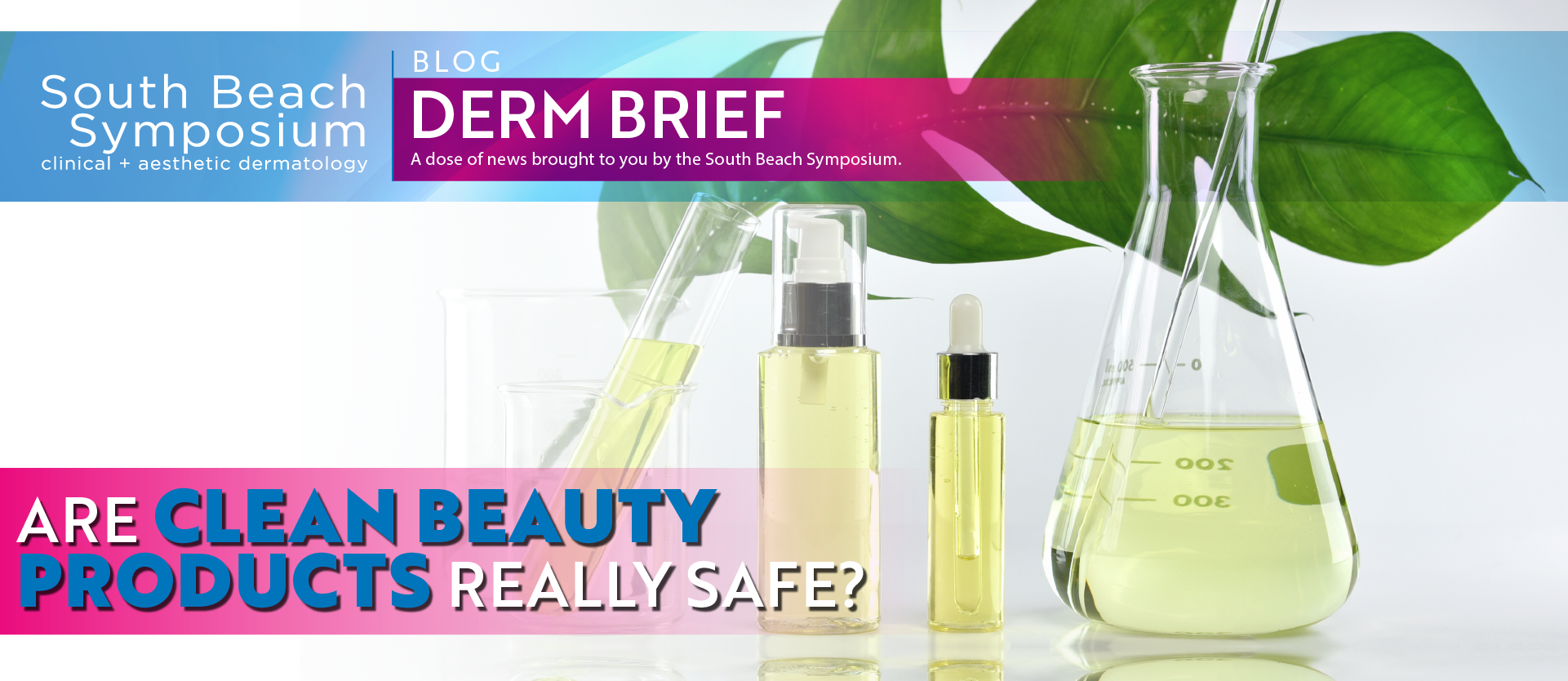The rising trend of clean beauty – or natural skin care – has shifted the focus from the effects of a cosmetic to its safety and toxicity instead. With increasingly conscious consumers, millennials and Gen Zs paving the way, the clean beauty movement is contributing to a boom in the clean beauty product industry, spurring the global natural and organic beauty market to reach an estimated valuation of $22 billion by 2024 per CB Insights’ Industry Analyst Consensus – double its worth in 2016.
As a result of the thriving global wellness economy, which has now surpassed $4 trillion in value, an increased emphasis on personal care and beauty, as well as a rise in skin sensitivity among the population, the natural skincare market continues to grow, attracting increasing amounts of consumers looking for non-toxic alternatives to traditional cosmetic products.
What is Clean Beauty?
Without a legal or official definition, the term clean beauty is often left open to interpretation, allowing skincare brands to define it according to their agenda. Primarily, clean beauty is associated with natural or green beauty, even though some companies evoke these connections via “greenwashing” – or falsely labeling products as natural to appeal to conscious consumers. To qualify as a “clean beauty product”, a cosmetic must contain only non-toxic ingredients and be transparent about its labeling, listing all ingredients present in the formulation. Parabens, formaldehyde, and chemical UV filters top a growing list of toxic ingredients to avoid in beauty products although, to be considered a clean beauty product, cosmetics do not need to be all-natural or organic – their ingredients simply must be safe and demonstrate no harmful effects.
The lack of regulation concerning clean beauty products causes confusion and credibility concerns and leaves the term itself open to interpretation. Unregulated arbitrary descriptions may mislead consumers to purchase clean beauty products containing high concentrations of ingredients that may have adverse effects, according to dermatologists’ warnings.
Are Clean Skin Care Products Safe?
According to a recent editorial published in JAMA Dermatology, natural beauty products may not be as safe as they are perceived to be. A team of dermatologists published the text after witnessing a rise in patients reporting allergic reactions to clean beauty products, with new cases of contact dermatitis occurring every few weeks that have been linked to the botanical or natural ingredients in these cosmetics. Although marketed as superior, the arbitrary designation of products as clean or natural does not make them safer for consumers than their traditional counterparts, authors write.
“We wanted to shed light on the fact that the ‘clean beauty’ movement is more of a business model and marketing tool that plays on the trend of people wanting to use natural rather than synthetic products right now,” co-author of the editorial Dr. Bruce Brod of the University of Pennsylvania in Philadelphia told Medscape in an interview. “Instead, we need to take a more balanced approach when choosing which products to use on our skin.”
Natural vs. Synthetic Ingredients
Additionally, the authors note that certain chemicals have been “demonized” by the clean beauty movement, even without evidence of them being unsafe. Many companies have released extensive lists of toxic or harmful ingredients that should not be used. In 2018, Whole Foods’ list of unacceptable ingredients included petrolatum, a hypoallergenic mineral oil commonly used in clinical practice. Similarly, parabens have been classified as toxic, although they have been named “nonallergen of the year” by the American Contact Dermatitis Society and have some of the lowest rates of allergic reactions, the authors note.
Many natural or clean skincare products, on the other hand, have been found to contain high concentrations of botanical extracts that can elicit allergic reactions – especially in children who are exposed to undiluted oils. A preservative used in place of parabens in clean skin products – methylisothiazolinone – shows some of the highest rates of allergic reactions.
While there is no guarantee about the efficacy or safety of clean beauty products providers and patients should be cautious with implementing them into their skincare routine. Most importantly, clinicians should ensure their patients are well-educated on the benefits and potential repercussions of clean skincare products as well as their lack of FDA regulation – which heightens the likelihood of adverse effects, such as irritation and severe allergic reactions.
















